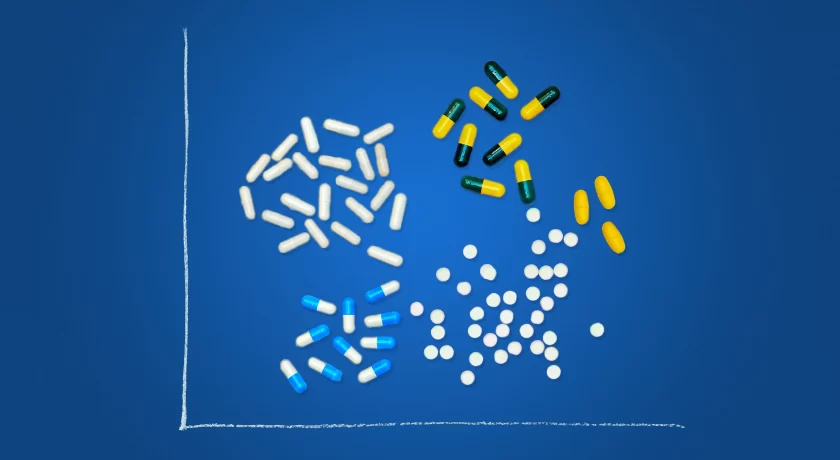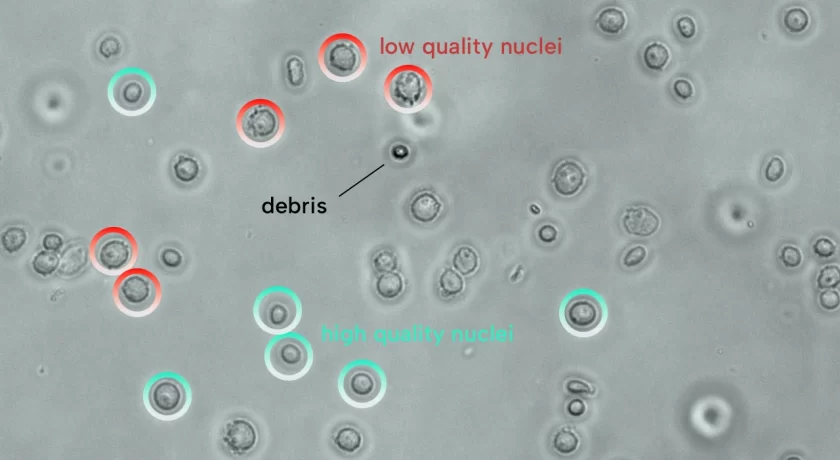
In this blog, we will discuss the contribution of single-cell RNA sequencing to uncovering the function of human follicular dendritic cells (FDCs) in the germinal center (GC) microenvironment.
The GC is a structure in secondary lymphoid tissues, such as tonsils, in which long-lived antibody-secreting plasma cells and memory B cells are produced. Within the GC, B cell clones that bind antigens with high affinity are selected. This process needs to be tightly regulated to prevent the creation of autoreactive B cell clones that can cause autoimmune diseases.
The GC consists of several cell types. The stromal cell network controls antigen delivery and immune cell trafficking. FDCs are part of this stromal network. FDCs secrete chemokines to attract immune cells, including B cells. Also, they retain antigens and present them to B cells to aid B cell selection.
Despite the essential role of FDCs in GCs, the transcriptome of human FDCs remains unknown. In this study, single-cell RNA sequencing was used to unravel the transcriptome of human FDCs. The results were published in the Journal of Experimental Medicine in August 2021.
New findings from this study
This study shows that FDCs express many sensory and immunomodulatory molecules, that sense molecules in the environment and regulate immune responses respectively. Most interestingly, FDCs express toll-like receptor 4 (TLR4), which respond to pathogen-associated molecules. Activation of this receptor increases antigen presentation to specific B cells. Also, programmed death (PD) ligand 1 (PD-L1) and PD-L2 are expressed by FDCs. These immunomodulatory molecules bind PD1 on T cells, thereby regulating T cells in the GC.
Contribution of single-cell RNA sequencing
Single-cell RNA sequencing was used in this study to generate a transcriptome database of human FDCs, isolated from human tonsils. The single-cell RNA sequencing platform SORT-seq was used for this study and performed by Single Cell Discoveries. Analysis of the transcriptome revealed the expression of many sensory and immune-modulatory genes by FDCs. The function of highly expressed genes, including TLR4 and PD-L1/PD-L2, were confirmed with functional experiments.
These transcriptomic data are relevant for future studies, as it provides knowledge on how to sort and culture FDCs, based on the expression of markers and growth factor receptors. Also, it increases our fundamental knowledge of the function of FDCs in the GCs.
Click on the link below to read the full article:


